Stephen Bayley in praise of the convertible
The design guru sings the praises of the convertible and attempts an explanation of the irrational appeal of driving with the roof down
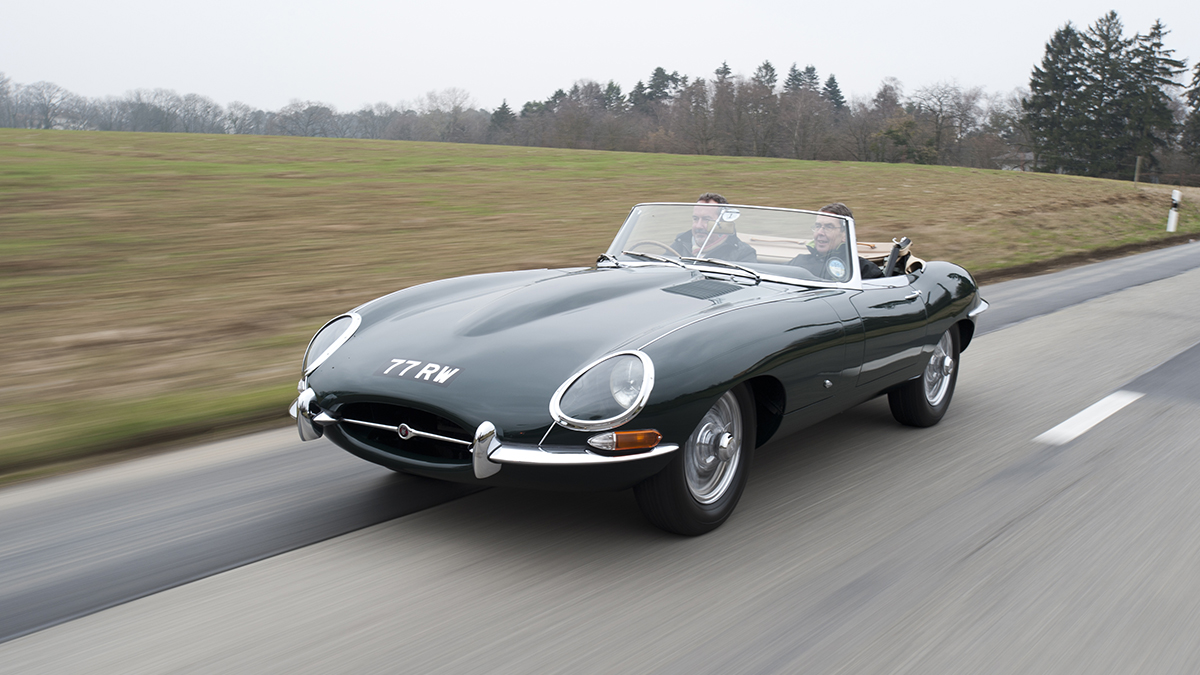
Wind in the hair, grit in the eye, sun on the face, flies in the teeth and, if in town, noxious diesel particulates in the nasal passages, plus soot on your collar. Thus, the pitiless engagement with nature and pollution made when you boldly choose a convertible. You must suffer to be beautiful.
There are few better examples of the magnificent absurdity of human desire than wanting a car with no roof. We could have a perfectly sealed pod, isolated from noise, weather, dirt and insects. Our pod could be thermally and acoustically protected, climate-controlled, discreet and invisible. Instead, if we have money to spare, we will buy a car that charges extra for discomfort.
The irrationality does not stop there. An element of the convertible’s appeal is a vague suggestion of racing cars. But convertibles perform less well than their hardtop counterparts. The loss of a roof means a loss of structural rigidity, so suspension and steering work less well. Necessary stiffening adds weight and, if the convertible roof is actually deployed, aerodynamics are worse. So, it also costs more to go slower.
The Week
Escape your echo chamber. Get the facts behind the news, plus analysis from multiple perspectives.

Sign up for The Week's Free Newsletters
From our morning news briefing to a weekly Good News Newsletter, get the best of The Week delivered directly to your inbox.
From our morning news briefing to a weekly Good News Newsletter, get the best of The Week delivered directly to your inbox.
But who ever said that consumers are rational? Putting the roof down immediately connects us to primal notions of escape and freedom that are essential to the religion of the motor car. The 1966 Alfa Romeo Series 1 Spider Duetto might not have been such a wonderful machine, but the sequence from The Graduate with Dustin Hoffmann driving his red example across the Bay Bridge from Yerba Buena Island to the Embarcadero has located it for ever in the popular imagination as a symbol of young love and hopeless yearning. Another literary convertible? Jay Gatsby’s bright-yellow, ragtop Rolls-Royce: the triple distillate of arrogant, doomed wealth.
There’s a clear hierarchy of convertible types, each with subtly different meanings. Some of the names derive from the coachbuilding trade: a cabriolet, for example, was originally a two-seat horse-drawn carriage. According to Pininfarina, inheritors of the greatest coach-building tradition, the spider (no one can explain that etymology) is ‘la vettura sportiva per eccelenza’ – the highest expression of the sports car. A roadster is not really a convertible, because the hood does not actually convert; rather, it needs to be completely disassembled and put in the boot – the original Porsche Speedster was an example. Not terribly practical but, often, the most wonderful things on earth – lilies, for example – are not. Then you have drop-heads, soft-tops and tourers. Buy a convertible and increase your vocabulary.
In this language of convertibles, you have every nuance of cupidity. It’s as if status itself can be calibrated by the precise method used to convert your car’s roof from open to closed: the stately country-house tourer and the sexually predatory spider bracket the emotional scale. Today, an extreme convertible – a Ferrari California, perhaps – has a solid roof that, in a mechanical ballet of electro-hydraulic actuation, deploys into the boot. This performance can still stop crowds on a street.
The first crowds gathered sur le trottoir for such a show in Paris in 1934, when Georges Paulin’s Peugeot 402 Éclipse Décapotable – which translates as ‘beheaded’ – effortfully stowed its hard top beneath a vast and wobbly clamshell tail. But the locus classicus of mechanical actuation was the fabulous Ford Fairlane 500 Skyliner, a masterpiece of machine-age hedonism and elaboration manufactured between 1957 and 1959.
A free daily email with the biggest news stories of the day – and the best features from TheWeek.com
It took 40 seconds for the Skyliner to stow its roof, a process involving 10 power relays, the same number of limit switches, four lock motors, three drive motors, eight circuit breakers and 610ft of wiring. Despite a 300hp V8 engine, all this extra weight meant that the Skyliner’s six passengers on two vast bench seats could be accelerated to 60mph in a leisurely 10 seconds. But, if the sun is shining, what’s the hurry? Contemporary owners of the delightful smart cabrio merely punch a single button and wait only moments until they become Dustin Hoffmann.
Personally, I have an interest in sunshine and fresh air that’s quasi-erotic in its intensity, so I adore convertibles. I was given a classic MG for my 21st birthday and here I learnt the disciplines, the pleasures and pains, of convertibility. The stiff, unyielding Leathertex was attached to the body by nasty press-fit snaps called Dzus fasteners, which were certain to break your nails. The same roofwas in a loose relationship with a crude metal frame with finger-threatening hinges. The whole lot took about five minutes to raise or lower. In fact, the process was so painful that I soon began to leave the hood perpetually stowed, having learnt that wonderful secret of the convertible: as long as you keep moving, the rain does not get you.
There, if you like, is another example of how the convertible car – absurd yet desirable – is a metaphor of life itself. We are always in pursuit of pleasure and need to keep moving. You’ll mess up your hair but, at the same time, you’ll keep smiling.
Stephen Bayley is one of the world’s best-known and most outspoken commentators on art and design. He says, these days, the sunroof of his Mercedes-Benz is never closed.
-
 Kristi Noem might not be long for Trumpland
Kristi Noem might not be long for TrumplandIN THE SPOTLIGHT The Homeland Security secretary has been one of the most visible and vocal architects of Trump’s anti-immigration efforts, even as her own star risks fading
-
 Senate votes down ACA subsidies, GOP alternative
Senate votes down ACA subsidies, GOP alternativeSpeed Read The Senate rejected the extension of Affordable Care Act tax credits, guaranteeing a steep rise in health care costs for millions of Americans
-
 Abrego García freed from jail on judge’s order
Abrego García freed from jail on judge’s orderSpeed Read The wrongfully deported man has been released from an ICE detention center
-
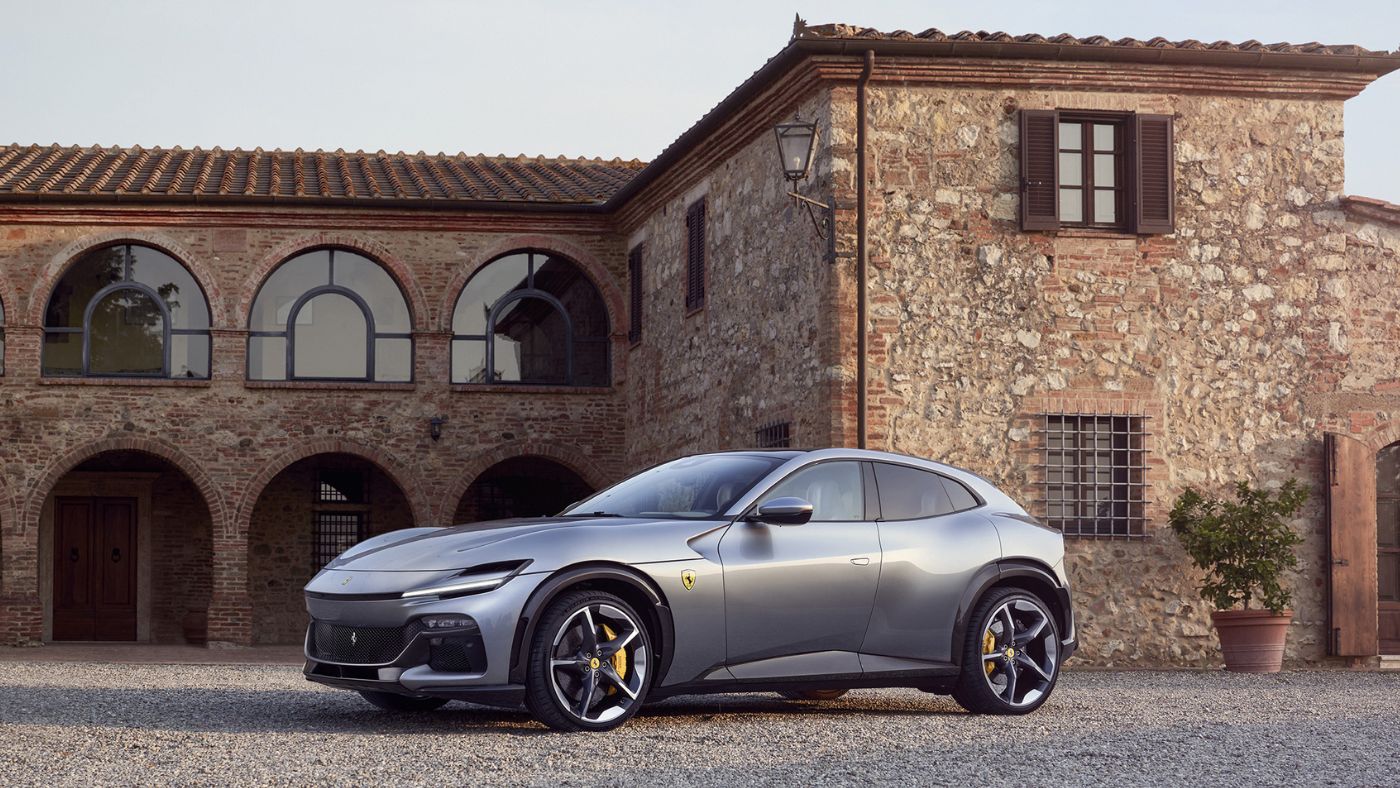 Ferrari Purosangue review: what the car critics say
Ferrari Purosangue review: what the car critics sayfeature There is ‘nothing else’ on the market quite like Ferrari’s first four-seat, four-door model
-
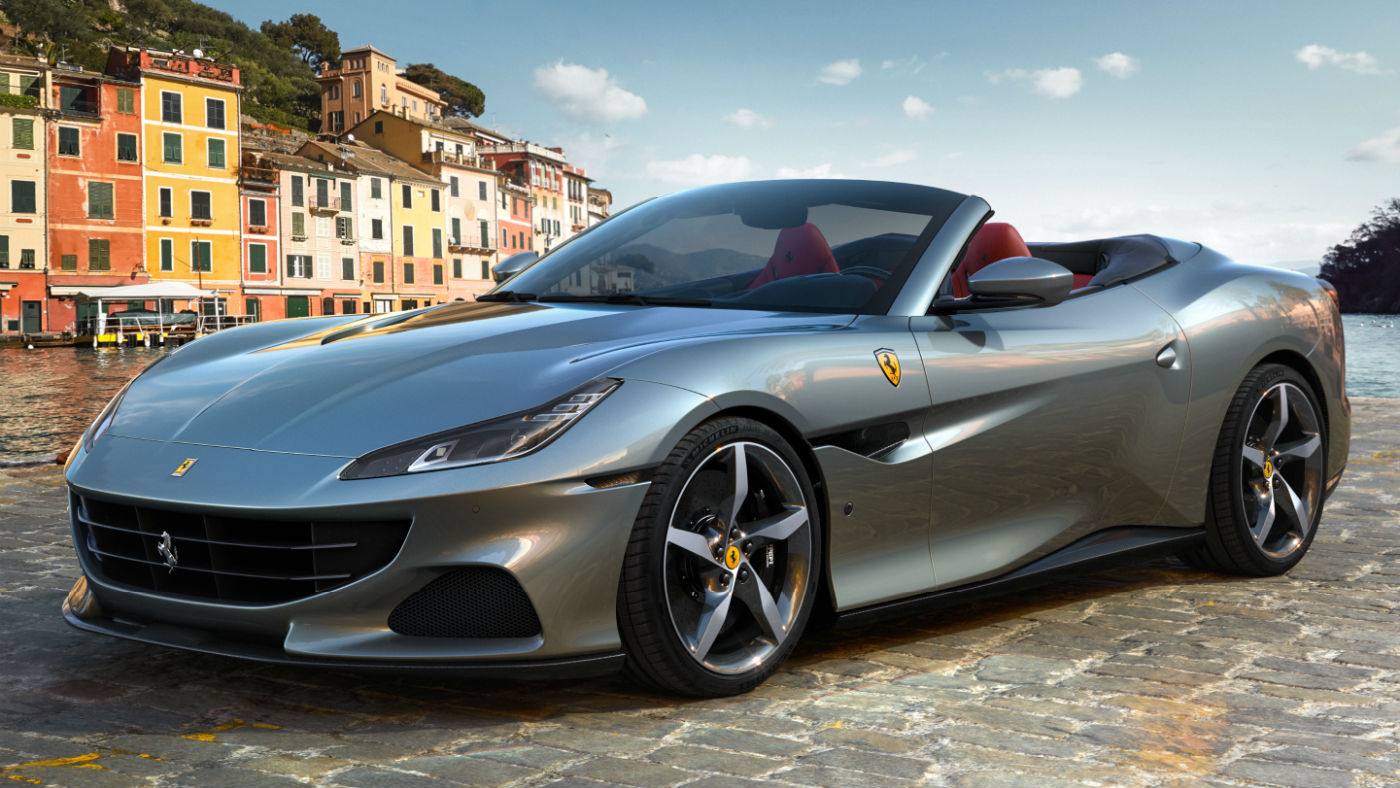 Ferrari Portofino M: a fresh start for the Prancing Horse
Ferrari Portofino M: a fresh start for the Prancing HorseSpeed Read The upgraded drop-top GT is sportier than its predecessor, with more power and a new gearbox
-
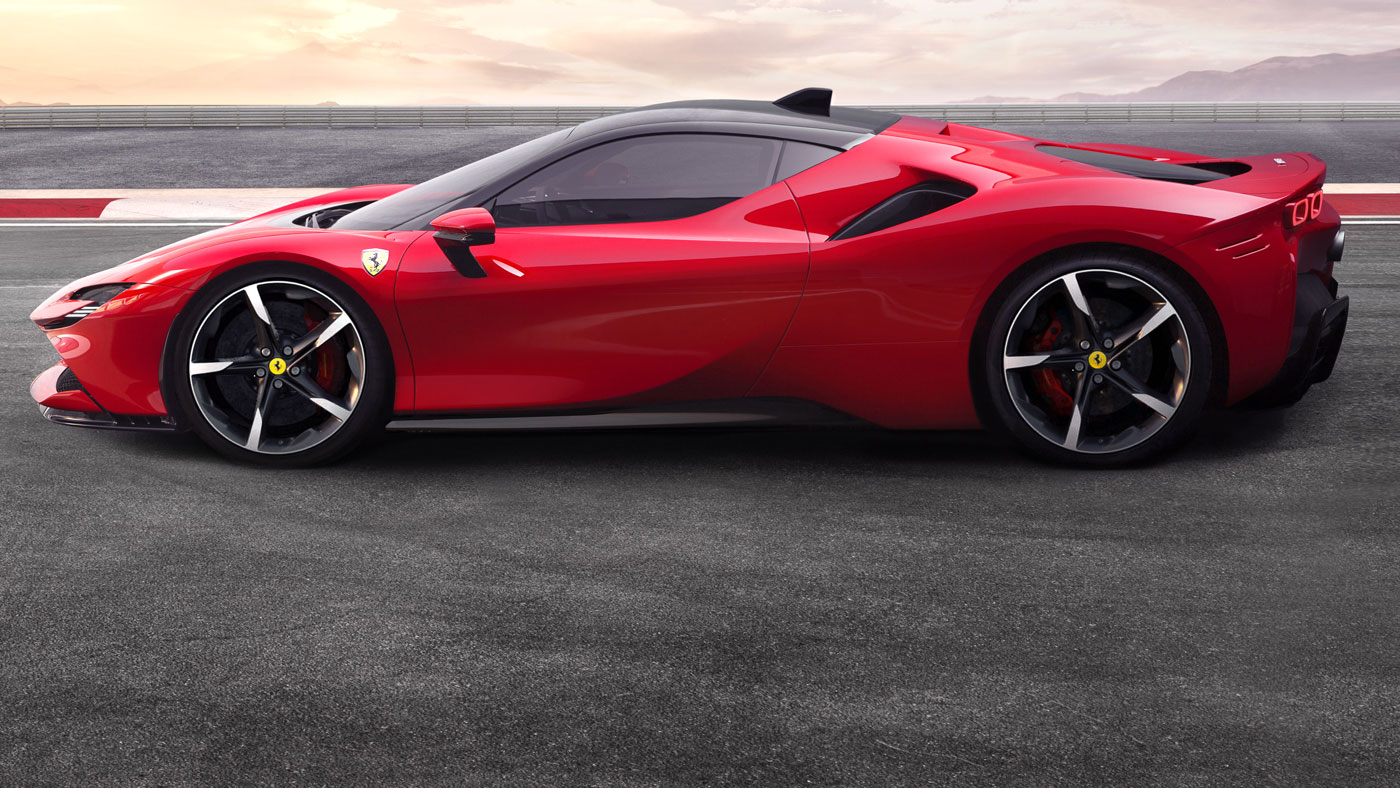 SF90 Stradale: Ferrari’s stunning new hybrid
SF90 Stradale: Ferrari’s stunning new hybridSpeed Read It’s hardly the greenest car on the road, but it’s still the reddest in tooth and claw
-
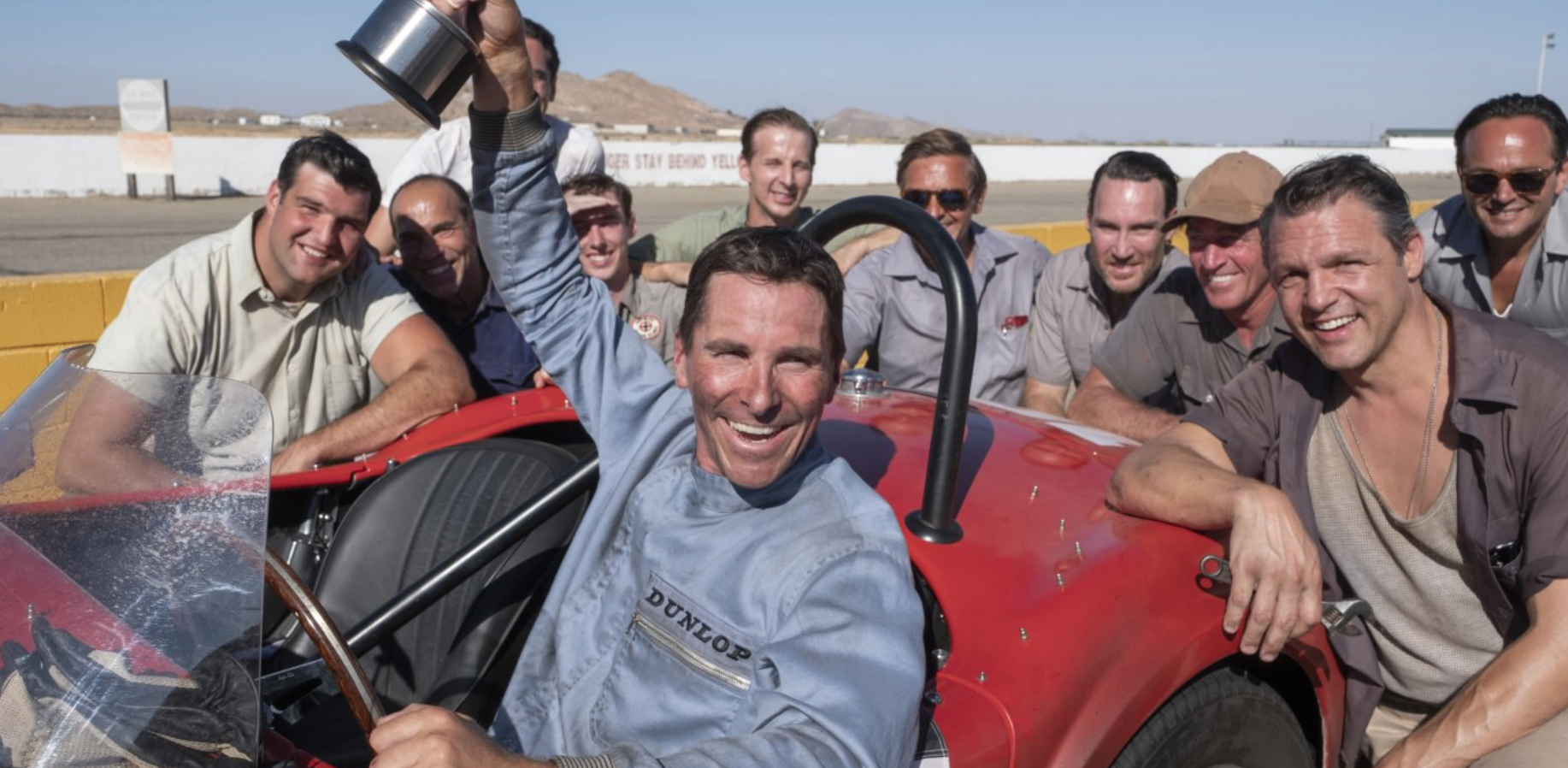 Le Mans ’66 (Ford v Ferrari) review: high-octane flick races into cinemas
Le Mans ’66 (Ford v Ferrari) review: high-octane flick races into cinemasThe Week Recommends Matt Damon and Christian Bale star in a gripping motorsport tale
-
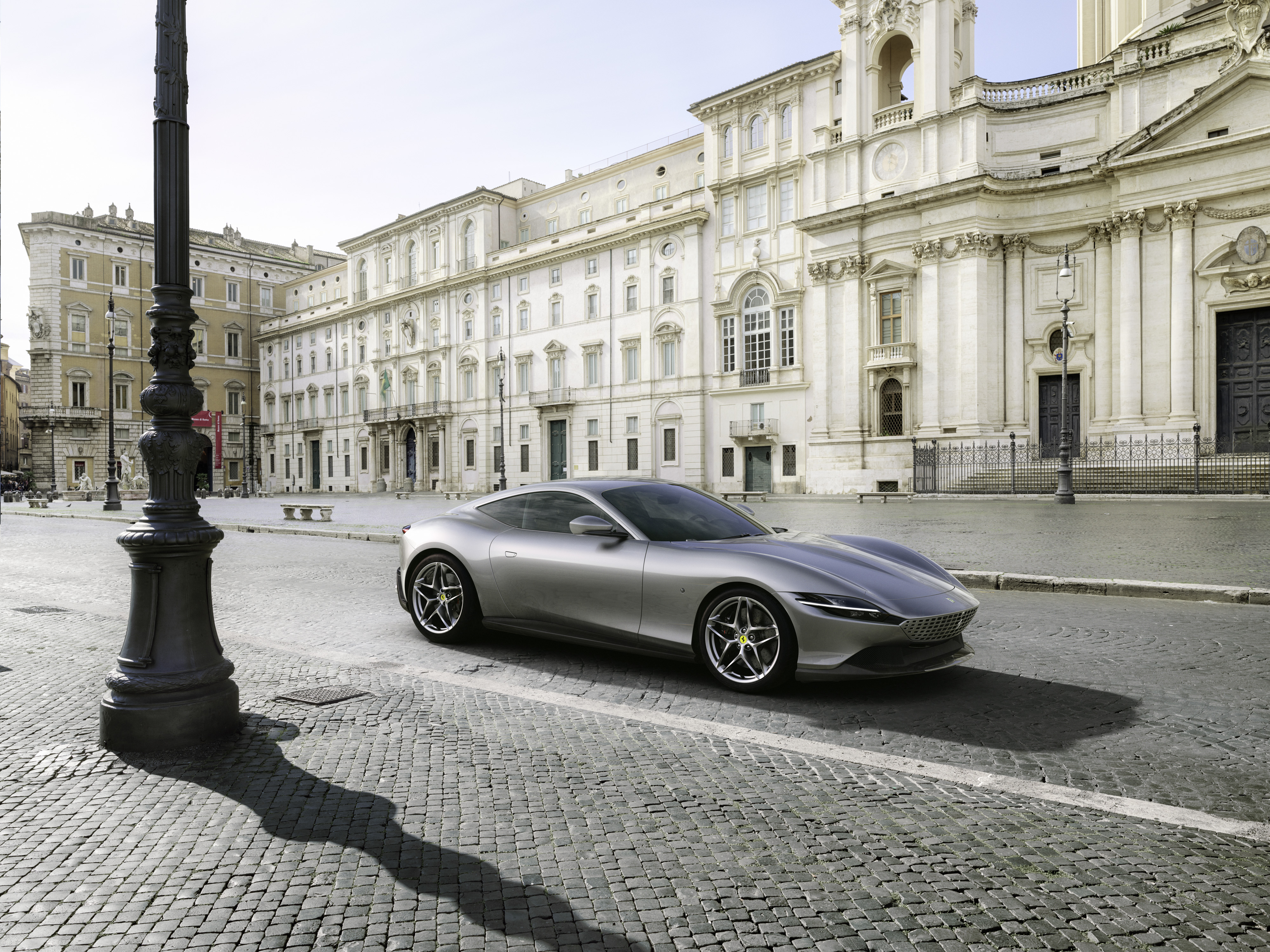 Ferrari Roma 2020: official images, plus specs, price and release
Ferrari Roma 2020: official images, plus specs, price and releaseIn Depth Italian marque takes on Aston Martin and Mercedes-AMG with its fifth new model of the year
-
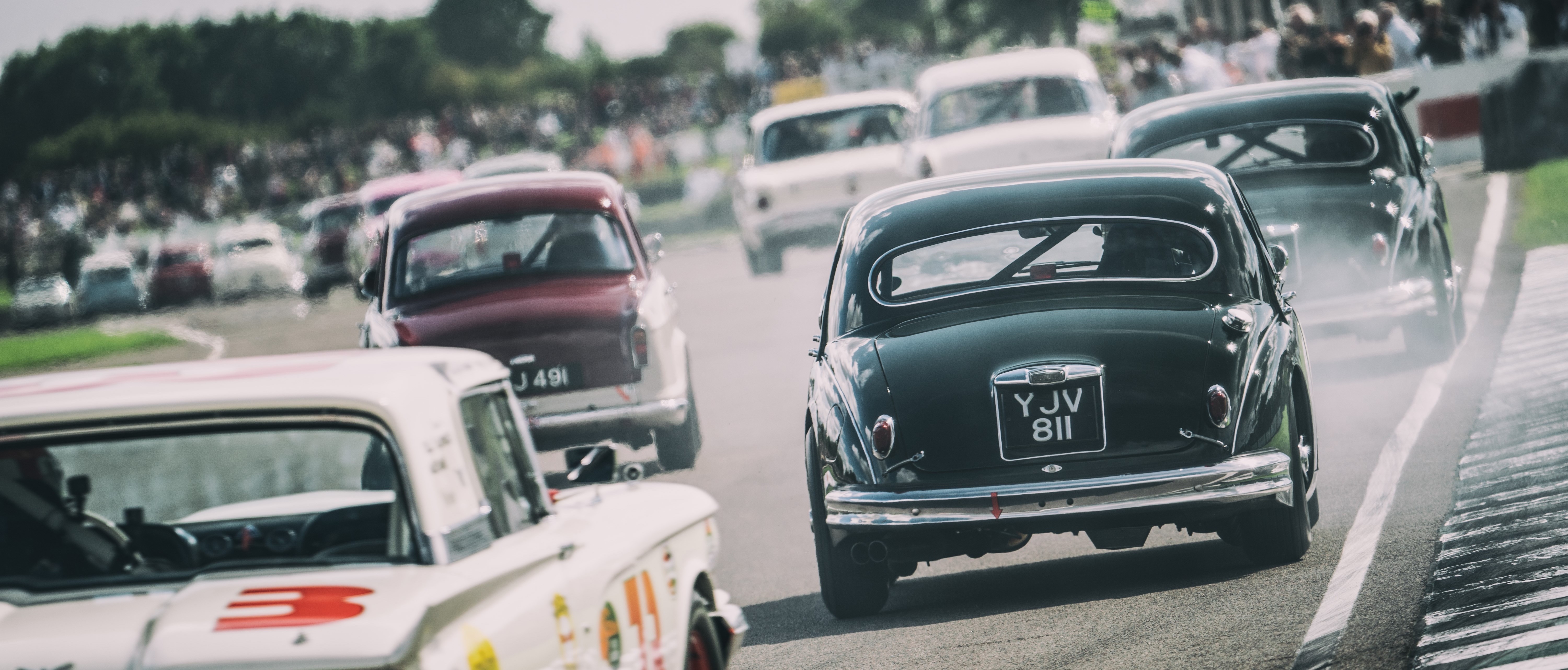 Goodwood Revival 2019 review: racing through the ages
Goodwood Revival 2019 review: racing through the agesThe Week Recommends The annual event is home to ‘the world’s most expensive motor race’ but the off-track action steals the show
-
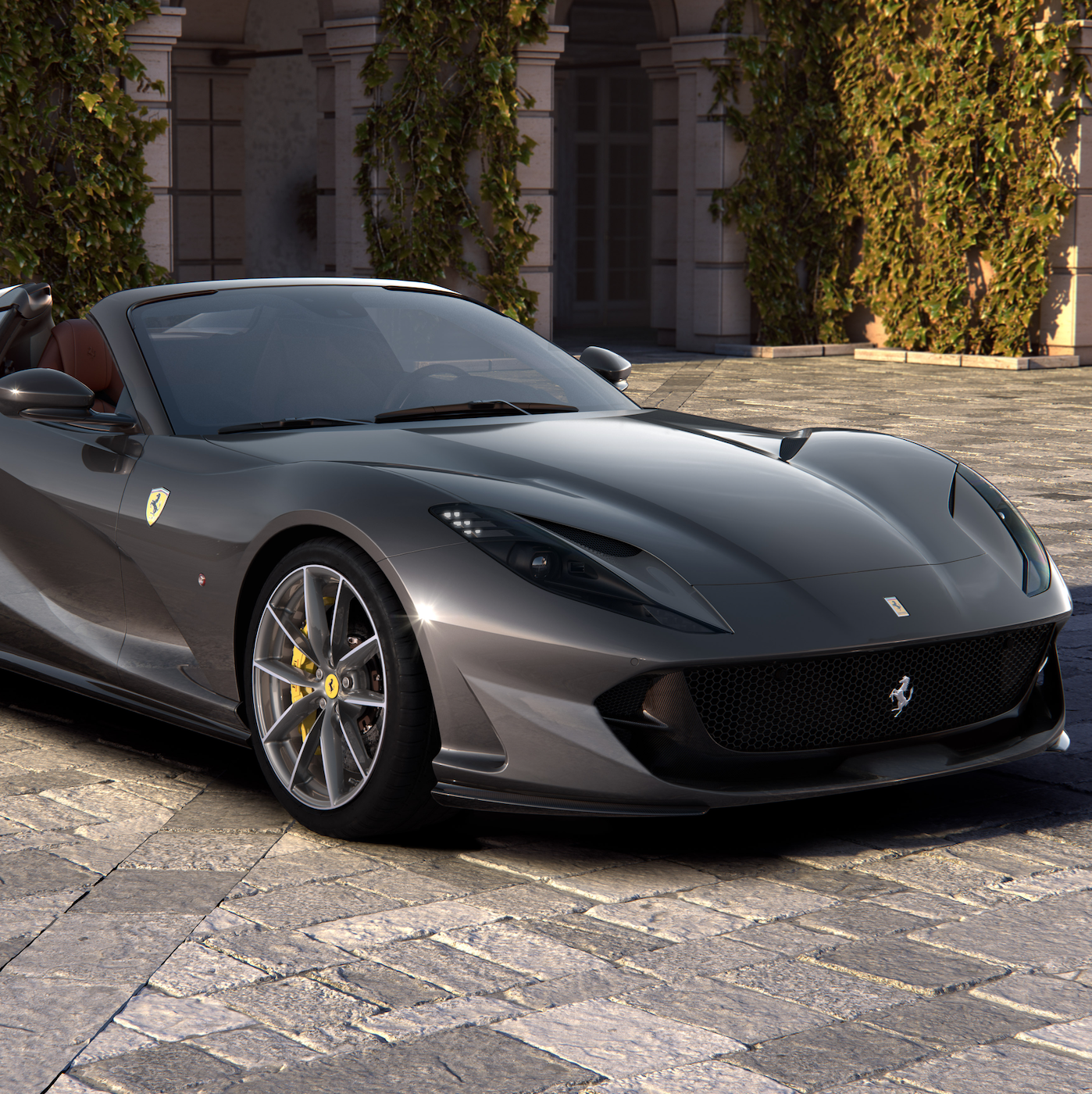 Ferrari 812 GTS 2020: specs, price and UK release
Ferrari 812 GTS 2020: specs, price and UK releaseIn Depth Drop-top Superfast pays tribute to the 50-year-old 365 GTS4 Daytona Spider
-
 SF90 Stradale: Ferrari’s first proper production hybrid
SF90 Stradale: Ferrari’s first proper production hybridSpeed Read With the SF90 Stradale, Ferrari has introduced its first hybrid – but don’t worry, it’s still all about the performance.